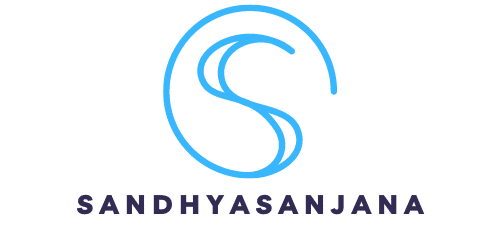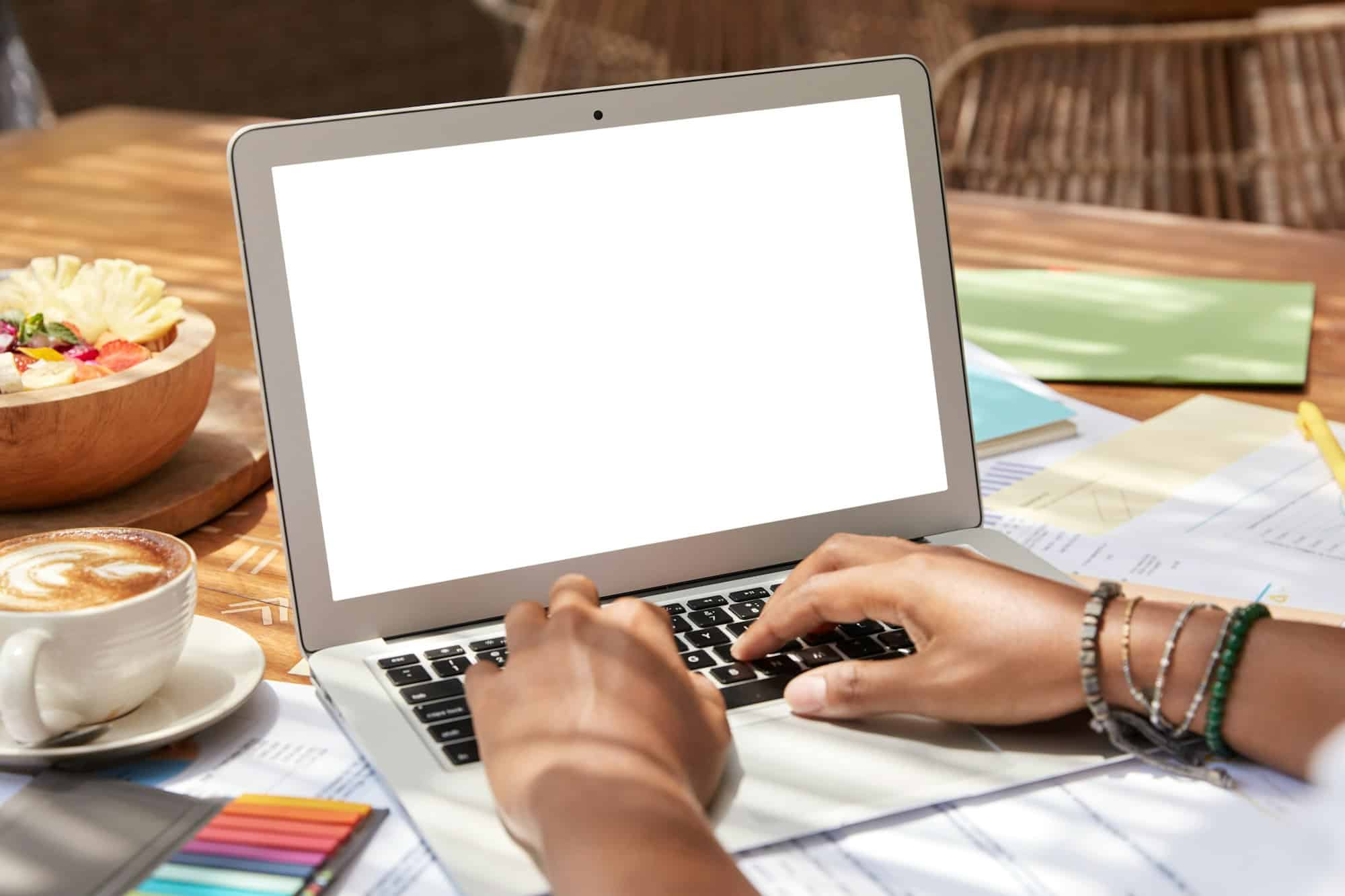MyImageGPT is a revolutionary tool in the realm of AI-driven image generation and enhancement, offering photographers, designers, and creatives a powerful means to create and modify images. However, like any advanced technology, using MyImageGPT effectively requires a clear understanding of its capabilities and limitations. To maximize the benefits of this tool and avoid potential pitfalls, it’s essential to be aware of common mistakes that users often make. This article highlights several frequent errors and provides practical advice on how to avoid them.
Overloading prompts with excessive details
One of the most common mistakes when using MyImageGPT is overloading prompts with excessive details. You can click on https://www.myimagegpt.com/ for more details. Users often believe that providing a highly detailed and descriptive prompt will lead to more accurate results. However, the AI can become overwhelmed by too many specifications, which may result in images that do not align with the user’s vision or appear cluttered.
A lire également : How Is Digital Thread Technology Transforming the Lifecycle Management of Aerospace Components?
When crafting prompts for MyImageGPT, it’s important to balance detail with clarity. For instance, instead of instructing the AI to “Generate an image of a bustling city street at sunset with people in various outfits, numerous vehicles, and bright neon signs,” it is more effective to focus on the primary elements: “Create a city street scene at sunset with neon signs.” This approach helps the AI concentrate on the core components of the image, producing clearer and more cohesive results.
Neglecting to use reference images
Another frequent error is neglecting to use reference images. Reference images are invaluable for guiding MyImageGPT in generating images that align with specific styles, themes, or elements. Without such references, the AI may produce results that deviate from the desired visual style or fail to meet user expectations.
Sujet a lire : Can Nanotechnology Lead to the Development of Self-Cleaning Surfaces in Public Spaces?
Using reference images helps MyImageGPT understand the context and aesthetic preferences more accurately. For example, if a user wants to create an image in a particular artistic style, providing a reference image showcasing that style can significantly improve the output. This visual guidance ensures that the generated image aligns with the user’s vision and maintains consistency across different projects.
Ignoring iterative refinement
Ignoring iterative refinement is a common oversight that can impact the quality of the generated images. MyImageGPT is a powerful tool, but achieving the best results often requires multiple iterations. Users may expect perfect results on the first attempt, but refining prompts and adjusting parameters can lead to more precise and satisfactory outcomes.
The iterative process involves generating an initial image, reviewing it, and making necessary adjustments to the prompts or settings based on the feedback. For instance, if the first image lacks certain details or doesn’t fully capture the intended style, users should modify the prompt and regenerate the image. This approach allows for continuous improvement and fine-tuning, resulting in higher-quality images that better meet user expectations.
Overlooking prompt clarity
Prompt clarity is essential for generating accurate and relevant images with MyImageGPT. A vague or ambiguous prompt can lead to results that do not match the user’s expectations or fail to capture the desired elements effectively. Ensuring that prompts are clear and specific helps guide the AI in producing better results.
For example, a prompt like “Create a cool image” is too general and open to interpretation, potentially resulting in an image that does not meet the user’s needs. In contrast, a more detailed prompt such as “Generate an image of a serene forest with sunlight filtering through the trees” provides clear direction for MyImageGPT. This specificity helps the AI focus on the key elements and generate an image that aligns with the user’s vision.
Relying solely on AI without manual adjustment
Relying solely on MyImageGPT without making manual adjustments is another common mistake. While the AI is capable of generating high-quality images, it may not always produce results that perfectly align with the user’s vision. Manual adjustments are often necessary to refine and enhance the final output.
In summary, avoiding common mistakes when using MyImageGPT is essential for achieving the best results and optimizing the image generation process. By addressing issues such as overloading prompts, neglecting reference images, and understanding AI limitations, users can enhance their effectiveness and streamline their workflows. Leveraging advanced features, managing resources, and incorporating ethical considerations further contribute to successful outcomes. Embracing continuous learning and adaptation ensures that users stay current with






